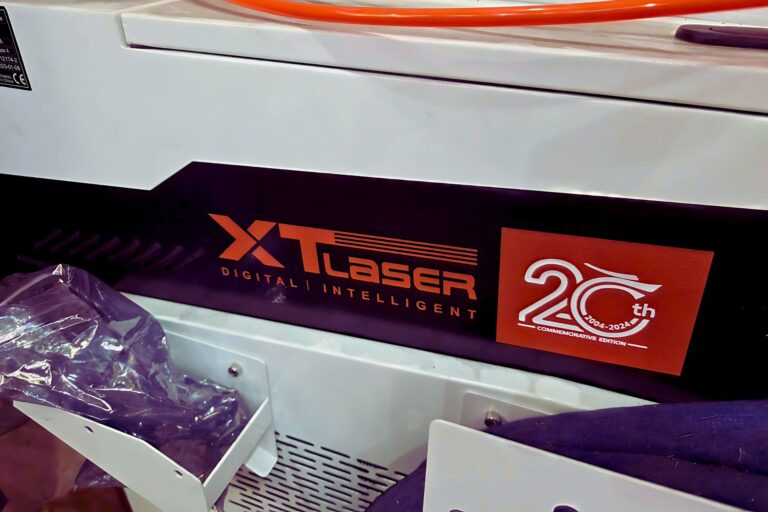The demand for stronger, lighter, and more efficient materials is shaping the future of modern engineering. Lightweight metals are playing a crucial role in industries such as aerospace, automotive, construction, and renewable energy by offering enhanced performance without compromising structural integrity. Advances in material science and manufacturing techniques are expanding the applications of lightweight metals, making them indispensable in next-generation engineering solutions.
The Advantages of Lightweight Metals
Lightweight metals provide several key benefits that make them essential in various engineering applications:
- Weight Reduction: Lower mass contributes to improved fuel efficiency, lower transportation costs, and easier handling in manufacturing.
- High Strength-to-Weight Ratio: Many lightweight metals offer excellent mechanical properties, providing durability while reducing structural weight.
- Corrosion Resistance: Certain alloys naturally resist oxidation and environmental degradation, extending product lifespan.
- Enhanced Design Flexibility: The ability to form complex shapes and integrate with advanced manufacturing processes, such as additive manufacturing, allows for innovative engineering solutions.
Key Lightweight Metals and Their Industrial Applications
1. Aluminum and Aluminum Alloys
Aluminum is one of the most widely used lightweight metals due to its exceptional strength-to-weight ratio and corrosion resistance.
- Aerospace: Used in aircraft frames, fuselages, and engine components to reduce overall weight and improve fuel efficiency.
- Automotive: Essential in vehicle body structures and engine parts to enhance fuel economy and reduce emissions.
- Construction: Utilized in lightweight yet durable structures, including bridges and high-rise buildings.
2. Titanium and Titanium Alloys
Titanium is renowned for its exceptional strength, corrosion resistance, and biocompatibility.
- Medical Industry: Used in implants, prosthetics, and surgical instruments due to its biocompatibility.
- Aerospace: Found in jet engines, airframes, and spacecraft for its ability to withstand extreme conditions.
- Chemical Processing: Applied in equipment that requires resistance to corrosive environments.
3. Magnesium and Magnesium Alloys
Magnesium is the lightest structural metal, offering significant weight savings in various applications.
- Automotive: Used in lightweight vehicle components such as engine blocks, transmission cases, and interior parts.
- Electronics: Found in laptops, cameras, and mobile phones due to its lightweight nature and electromagnetic shielding properties.
- Aerospace: Applied in aircraft parts where reducing weight is crucial for efficiency.
4. Beryllium and Beryllium Alloys
Beryllium is a rare metal known for its remarkable strength, thermal stability, and low density.
- Defense and Aerospace: Used in missile components, satellites, and precision instruments.
- Nuclear Applications: Applied in reactors and radiation windows due to its transparency to X-rays.
- Electronics: Utilized in specialized electronic devices requiring high conductivity and low weight.
Innovations in Lightweight Metal Processing
Recent advancements in processing techniques have further expanded the possibilities of lightweight metals:
- Additive Manufacturing (3D Printing): Enables complex geometries and lightweight lattice structures with minimal material waste.
- High-Performance Alloys: Development of new alloys with enhanced strength, ductility, and resistance to extreme conditions.
- Nano-Enhanced Metals: Incorporation of nanomaterials improves mechanical properties and durability.
- Hybrid Materials: Combining lightweight metals with composites and polymers to achieve superior performance characteristics.
The Future of Lightweight Metals in Engineering
The continuous evolution of lightweight metals will drive innovation across multiple industries. With increasing emphasis on sustainability, recyclable lightweight metals will play a critical role in reducing environmental impact. Furthermore, advancements in artificial intelligence (AI) and computational modeling will enable more precise material selection and performance prediction.
At SL Industries, we recognize the significance of lightweight metals in shaping the future of engineering. By staying at the forefront of material innovations, we ensure that our solutions align with industry demands for efficiency, sustainability, and high-performance applications.






